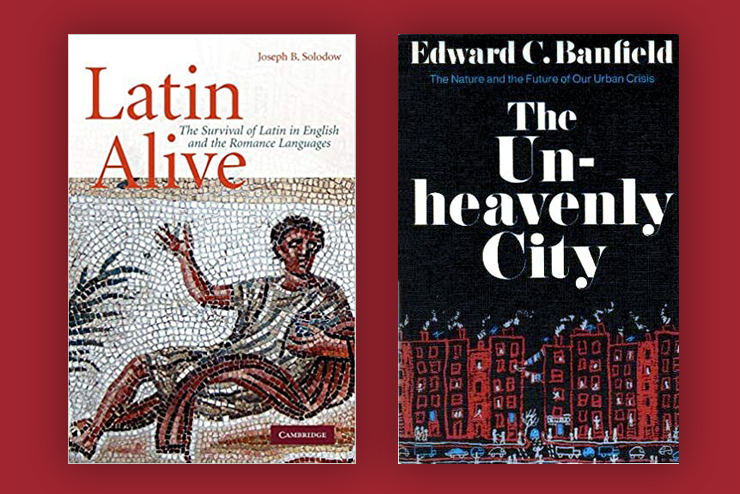In 1989, Japanese businessman Minoru Isutani purchased Pebble Beach’s famous golf course for $850 million, and Mitsubishi Estate Company paid $846 million for 51 percent of New York’s Rockefeller Center. The United States cowered from the kamikaze attack of Japanese capital on American business. American students swamped Japanese language programs, as the Land of the Rising Sun’s Potemkin economy bedazzled Wall Street.
But the financial tsunami eventually petered out. The moribund reality of Japan’s economy has now slogged through its third “lost decade.” The only lasting result of the crisis today is that 55-year-old MBAs can discuss the weather in Japanese with their sushi chefs.
Wall Street has shifted its gaze to China. Career-focused American students now burnish their college degrees with just enough Mandarin instruction to sound like preschoolers. Few care about Spanish or French, and even fewer about Portuguese, the most widely spoken language in South America; NYU does not have one Portuguese major among its 51,000 students. But the smart money is on learning Hindi. The next Jeff Bezos can thank me after India supplants China as the hottest business spot. Unlike Mandarin, students won’t be completely lost, since Hindi shares English’s Indo-European foundation.
But ignore Asia for a minute. Joseph Solodow’s Latin Alive (2001) will convince mercenary Mandarin zealots of Latin’s importance to English. One Solodow student’s epiphany explains why: “Latin has engulfed me all my life, and I’m amazed that only now have I come to realize it!” No such realization could ever occur in a Mandarin class. Latin Alive outlines Roman history before romping through Latin cognates and derivatives. After some challenging morphology and phonology, readers translate important early French, Italian, and Spanish texts.
Latin Alive occupies the howling void between popular nonfiction and serious scholarship, with enough erudition to sate academics, yet not so much as to intimidate laymen. Kudos to its publisher, Cambridge University Press, for filling this desperate need. I just wish Latin Alive had a larger marketing budget, especially as classics departments shut down nationwide. Recently a Chinese student’s mother, a mid-level CCP official, buttonholed me during her visit to New York. Clearly oblivious to the “Ugly American” stereotype, she suggested we should be ashamed of our abominable Mandarin. She then demanded to know what I, as a professor, was doing about it. I’ll mail her this review, after I stop spitting in the ocean.
—John Greenville
From the vantage point of a neighborhood in a midsized Midwestern city where I grew up, I witnessed a curious sociological phenomenon. On the south side of my house was a street filled with decay and depravity: broken-down dwellings, yards littered with auto carcasses, drunken men sitting on porches leering at teen girls and cursing at one another. On the north side of my house was another street, also filled with working-class homes, but these were meticulously cultivated, freshly painted, the front porch swings dainty and in good repair, with yards mowed and free of clutter, and ringed by neat, wooden fences, behind which clean and happy children played.
What could explain such differences? While at college, I read Ed Banfield’s The Unheavenly City (1970) and found a captivating, utterly convincing analysis of differences in class culture that perfectly explained what I had seen in my old neighborhood. The core component of the difference in class cultures is “a psychological orientation to…time.” Some people are present-oriented, living in the moment and generally unable to control their impulses and plan for the future. Others account for the future much more competently in their actions in the present and understand the need to sacrifice today for tomorrow’s needs. I had lived on the boundary line between two such cultures.
Banfield showed too why it is unlikely that such predispositions can be made to disappear with redistributive policies. How do you educationally raise up students who simply will not learn, indeed, whose cultural orientation to the world tells them study is a waste of time better spent enjoying oneself? Short, that is, of “solving” the problem by refusing to look for evidence of it, eliminating grades and tests incorrectly seen as “biased,” and thereby annihilating all standards in educational institutions?
“What can be done?” Banfield asked. First, one must understand what cannot be done, and above all refrain from preaching impossible nonsolutions to the public. “Avoid rhetoric tending to raise expectations to unreasonable and unrealizable levels, to encourage the individual to think that ‘society’ (e.g., ‘white racism’), not he, is responsible for his ills, and to exaggerate both the seriousness of social problems and the possibility of finding solutions,” Banfield wrote.
Though written 50 years ago, Unheavenly City is still relevant today.
—Alexander Riley

Leave a Reply